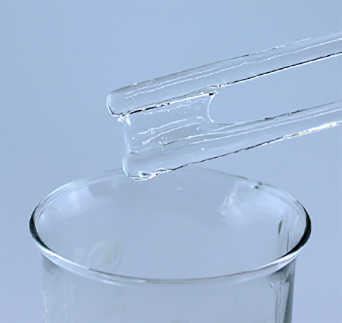
Sep . 21, 2024 22:22 Back to list
hpmc vs hec
Comparing HPMC and HEC A Comprehensive Overview
Hydroxypropyl methylcellulose (HPMC) and hydroxyethyl cellulose (HEC) are two widely used cellulose derivatives that have gained immense popularity across various industries, including pharmaceuticals, food, cosmetics, and construction. While both offer unique properties and functionalities, understanding their differences is essential for selecting the right material for specific applications.
Chemical Structure and Properties
HPMC is produced by the hydroxypropylation and methylation of cellulose, resulting in a polymer that is hydrophilic and soluble in water. Its chemical structure consists of both hydroxypropyl and methyl groups which enhance its water retention and film-forming capabilities. HPMC is known for its thickening, emulsifying, and gelling properties, making it an ideal choice for applications requiring stability and viscosity control.
On the other hand, HEC is derived from cellulose by substituting hydroxyl groups with hydroxyethyl groups. This modification also enhances the polymer's solubility in water and creates a highly viscous solution. HEC is predominantly used for its thickening capacity and is known for its excellent water retention properties, making it suitable for use in applications that demand superior moisture stability.
Applications
hpmc vs hec

The distinctive properties of HPMC and HEC make them suitable for various applications in different industries. HPMC is frequently used in the pharmaceutical sector as a binder and film-forming agent in tablets. Its ability to dissolve in both hot and cold water allows for controlled release formulations, which can be crucial for certain medications. In the construction industry, HPMC is commonly utilized in dry mix mortars, providing improved workability and adhesion properties.
Conversely, HEC is primarily found in cosmetic formulations, acting as a thickening agent in lotions, creams, and shampoos. Its stability in the presence of electrolytes makes it particularly valuable in personal care products where variations in pH and salinity may occur. Additionally, HEC is used in agricultural applications, such as in the formulation of pesticides and herbicides, where its ability to enhance the suspension and distribution of active ingredients is beneficial.
Regulatory Aspects
Both HPMC and HEC are generally recognized as safe (GRAS) by the U.S. Food and Drug Administration (FDA) and are approved for use in food products. They comply with various regulatory standards, making them suitable for use in cosmetics, dietary supplements, and pharmaceuticals. Nevertheless, it is essential for manufacturers to ensure that the specific grades of HPMC and HEC meet the required regulations and quality standards for their intended applications.
Conclusion
In summary, HPMC and HEC are versatile cellulose derivatives with unique chemical structures and properties suitable for a wide range of applications. While HPMC excels in pharmaceutical and construction applications with its binding and emulsifying capabilities, HEC is preferred in cosmetic and agricultural formulations due to its thickening and moisture-retaining properties. Understanding these differences allows industries to make informed decisions when selecting the appropriate cellulose derivative for their needs. As innovation continues, both HPMC and HEC are poised to play significant roles in advancing product formulations and improving performance across various sectors.
-
Versatile Hpmc Uses in Different Industries
NewsJun.19,2025
-
Redispersible Powder's Role in Enhancing Durability of Construction Products
NewsJun.19,2025
-
Hydroxyethyl Cellulose Applications Driving Green Industrial Processes
NewsJun.19,2025
-
Exploring Different Redispersible Polymer Powder
NewsJun.19,2025
-
Choosing the Right Mortar Bonding Agent
NewsJun.19,2025
-
Applications and Significance of China Hpmc in Modern Industries
NewsJun.19,2025







